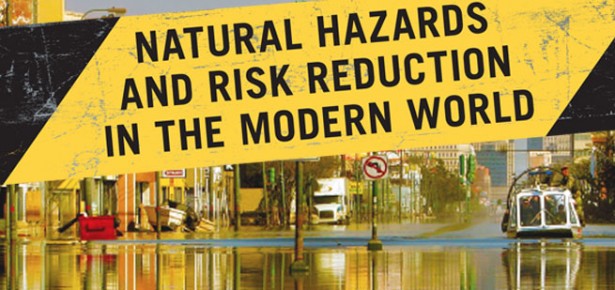
In 2015 and 2016, tropical storms and hurricanes dropped large amounts of rainfall on the municipalities surrounding Tampa Bay on the west coast of Florida. In 2016, Hurricane Hermine alone dropped up to 20 inches (50 cm) over several days in some parts of west-central Florida. The extra fresh water overwhelmed sewage treatment systems, sending millions of gallons of poorly treated and raw sewage into adjacent bays. While the region’s critical tourist industry was little-affected (officials figured out that tourists would not be keen to swim in sewage-drenched bays, and kept the problem under wraps) local ecosystems were severely damaged, and coastal waters were unsafe for fishing, swimming and other recreational activities for a significant period of time. My home town of St Petersburg was the biggest offender.
Similar problems will become more common in Florida’s coastal cities as sea levels rise and ground water becomes more saline, rusting out older steel and cast iron pipes.
St. Petersburg’s recent sewage problems are not unique. Before moving to St. Petersburg, I lived in Miami. Shortly after I arrived in the early 1990’s, while driving on a back street on a sunny day, I came to a large body of water in the middle of the street. Where was the water coming from? And how deep was it? In my indecision, I stopped the car at the water’s edge. Behind me, a well-dressed woman in a fancy car honked her horn and impatiently pulled around me, middle finger raised. She charged through the water, but got stuck half way across, the front of her vehicle falling into a deep depression. She opened her door and promptly fell into two feet of brown water, ruining a white dress. It turned out that a sewage line had ruptured under the street, making a sinkhole. Problems with sewage infrastructure were chronic then in Miami, as maintenance departments were starved for funds. Similar problems will become more common in Florida’s coastal cities as sea levels rise and ground water becomes more saline, rusting out older steel and cast iron pipes.
A big part of the sewage problem is political. First, no one wants to talk about it (unless of course a crisis hits). Second, large infrastructure projects such as sewage treatment plants and their citywide network of underground pipes are expensive to build or fix, take a long time to build or fix, and tend to result in torn-up streets when they are built or fixed. None of this makes taxpayers happy.
Some types of infrastructure are politically easier to fund than others. Most politicians are happy to see their name on new or upgraded schools and hospitals; fewer want their names on a new sewage treatment plant. The problems grow slowly, until a crisis hits.
Most politicians are happy to see their name on new or upgraded schools and hospitals; fewer want their names on a new sewage treatment plant.
St. Pete’s current sewage problems are a classic example. Some people blame the current city administration, others blame the previous administration. A few blame the one before that. The real problem is that political cycles are shorter than the time required to design and build large infrastructure projects such as sewage treatment plants (in St. Pete, a mayoral term lasts four years). If a given mayor started a sewage project, he or she would have to do political battle to get the project off the ground, would get dinged for spending lots of money, but would get little political credit, since the project would not likely be completed on his or her watch.
Figueres, Spain, is a sister city to St. Pete. It is the location of the only other museum in the world dedicated to the art of Salvador Dali. Dr Richard Elelman, a former Deputy Mayor of Figueres, had an idea that would help cities deal with large infrastructure projects. He proposed that independent, non-partisan infrastructure boards, composed of experts in engineering, finance, and the environment, as well as non-expert local concerned citizens, manage both the planning and subsequent implementation of a city’s critical infrastructure. This independent CONCENSUS board (Council of Citizen Engagement in Sustainable Urban Strategies) would outline and monitor the steps needed to see projects like sewage treatment plants through to completion. The board would score politicians on how well they funded their increment and moved the project to the next level. Credit would accrue for meeting each milestone, not just for project completion. Politicians who failed to move the ball forward on their watch would get a low score, and the public would be told this before the next election. Independent CONCENSUS boards would have the expertise, time and mandate to resolve technically complex problems like sewage treatment that are so difficult to address in the political arena.
We can learn a lot from St. Pete’s sister city when it comes to sewage treatment.
Let’s use the sister city concept to do more than write platitudes on tourist brochures. We can learn a lot from St. Pete’s sister city when it comes to sewage treatment.
Part of this article is excerpted from Chapter 9 of Curbing Catastrophe: Natural Hazards and Risk Reduction in the Modern World
Latest Comments
Have your say!